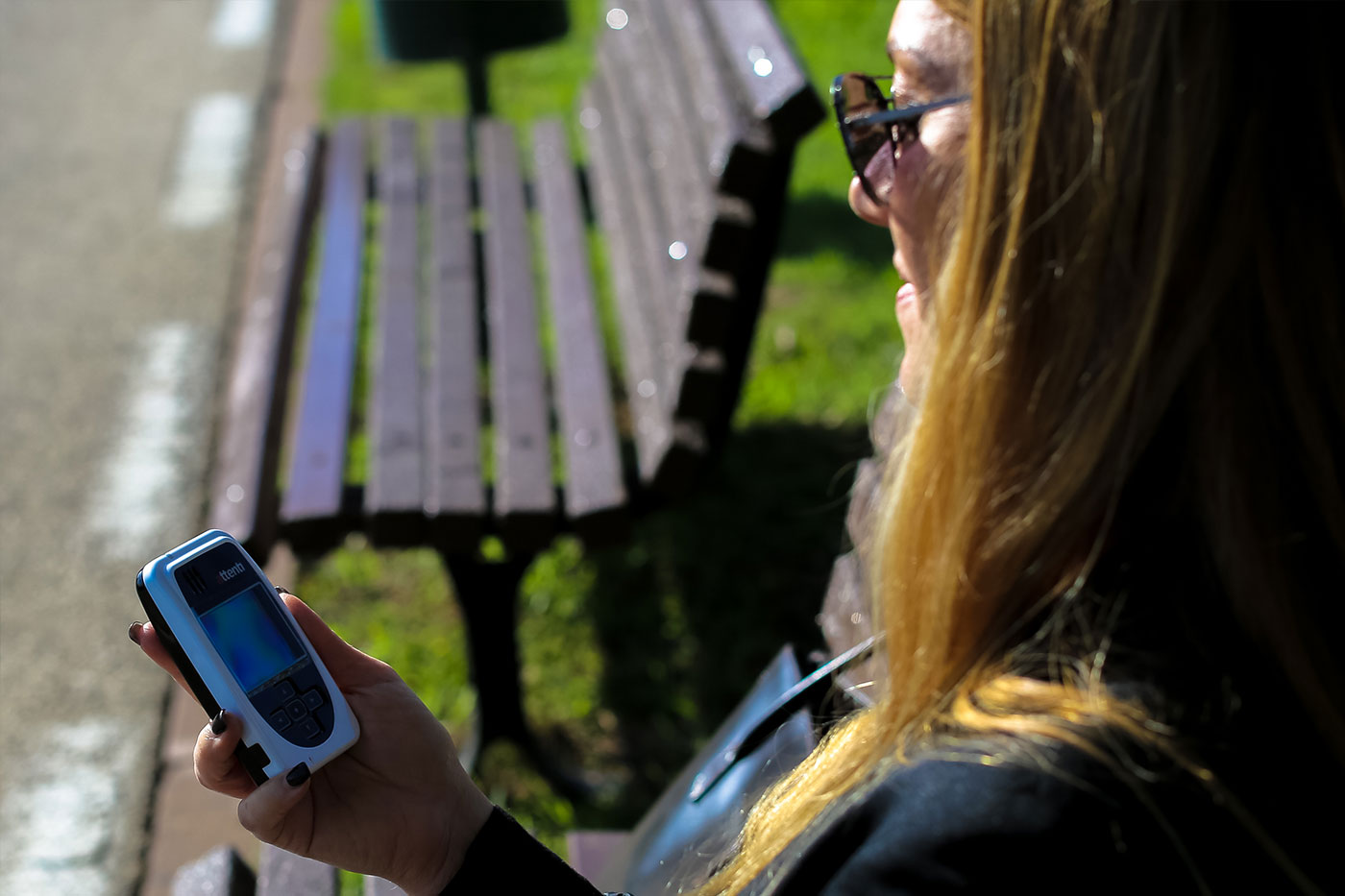While there’s no question that prisons serve a critical role in criminal justice systems worldwide, specifically when it comes to violent offenders, they are no longer the only solution when it comes to low-level or non-violent offenders.
But, is there another way? In today’s increasingly digital world, physical imprisonment is no longer the only option for first-time and/or non-violent offenders. Combining technological innovations with certain control mechanisms, could offer new ways of confronting prison overcrowding, and in the process, lowering costs, facilitating rehabilitation, and reducing recidivism.
Prison overcrowding is one of the most serious problems facing prisons today. Surging prisoner numbers across the world have produced a global prison population of over 11 million. This poses a serious threat to prisoner physical and mental health, privacy, basic living conditions, and overall quality of life. Further, overcrowding also poses an increased risk to the correctional officers who work in overcrowded prisons from a mental health perspective. Various studies have found the work overload, lack of resources, perceptions of fear or danger have an adverse psychological impact on correctional service officers working in overcrowded prisons.
Prison Overcrowding: A Crisis of Global Proportions
Prison overcrowding remains a serious problem worldwide in both the developing and developed world. Globally, the number of prisoners has grown by almost 20% since the turn of the millennium and continues to rise.Around 102 countries have reported prison occupancy levels of over 110%.
And as the global population grew 21%, between 2000 and 2019, the number of prisoners worldwide jumped by more than 25%, according to UNODC data. By the end of 2019, the latest year full data is available, there were around 152 prisoners for every 100,000 people.
By the end of this period, 11.7 million people had been incarcerated – a population comparable in size to Belgium.
A major reason behind overcrowding is detainees who are awaiting to stand trial, becoming lost in overwhelmed justice systems. In fact, one in three prisoners around the world is being held without having stood trial or been found guilty by any court.
A pandemic highlights a global epidemic
The pandemic’s arrival last year brought new urgency to the overcrowding problem. A study conducted found that crowding in prisons dramatically increases Covid risk among inmates. This is echoed in a global analysis of Government and open sources, which found nearly 550,000 prisoners in 122 countries were infected with Covid as of last May.
With prevention measures often difficult to implement in prison facilities, especially overcrowded ones, electronic monitoring was looked at by several countries worldwide as a viable alternative. In Spain, the number of people under electronic monitoring jumped by more than 130% between March and May 2020. Electronic monitoring was also more extensively used in Italy and the Netherlands. In Senegal and Tunisia legislation was adopted authorising the implementation of electronic surveillance.
Electronic Monitoring: A New Dimension To Correctional Services
Initially developed as a behavioural-modification tool in experimental and clinical psychology, electronic monitoring has been applied to criminal justice since 1983.
As technology has advanced over the years, electronic monitoring has emerged as an effective, low-cost alternative to imprisonment and an important tool in preventing prison overcrowding, specifically for non-violent first-time offenders. In fact, the cost comparison between a day in prison versus a day on electronic monitoring is less than one-third of the cost of housing a prisoner. Many countries have not until recently implemented electronic monitoring or have only used it for a limited set of programs.
Electronic monitoring enables law enforcement officials to track offenders in any location around the world in real time. What’s more, it puts individuals back in their communities. with their families. It has also been proven to help offenders modify their behaviour and facilitate their rehabilitation into society. This is all of course contingent on having strong systems in place for outside supervision and support.
Research has found that electronic monitoring reduces odds of re-arrest by 23.5% relative to traditional probation, while in Switzerland found major advantages to electronic monitoring compared to mandated community service. Results from a Swedish trial in which prisoners were offered early release under electronic monitoring were similarly promising. At the same time, research in Australia spanning two years and 16,475 cases found a 25% decrease in recidivism among EM program participants when compared to the prison sample. While a 2001 study from Spain found zero recidivism among EM monitored offenders. Therefore, as highlighted by an earlier Attenti article, research from across the world shows there is indisputable evidence that when managed correctly, EM programs that personalize their approach to individual circumstances and provide a robust support system can potentially reduce the likelihood of recidivism.
A few years ago, Attenti, who has collaborated with the global justice community for nearly three decades, worked with the Portuguese government on an Early Release Programme. Portugal’s prison occupancy level was at 107% in 2016 and decreased to 99.8% following the launch of the programme in November 2017. Today Attenti monitors over 70,000 people on a daily basis across the world.
Looking Beyond Prison Walls: A new paradigm for delivering punishment
Reducing high levels of imprisonment requires action at many levels as well as a rethinking of the traditional approach to punishment. Technology is integral to unlocking alternatives to long-term prison sentencing. It allows a whole new dimension of monitoring to be applied to offenders, enabling law enforcement officials to imagine a world beyond prison walls for non-violent offenders. Ultimately, electronic monitoring offers a viable alternative to physical incarceration for government, law enforcement officials, society, and individuals, reducing recidivism, lowering the prison population, and saving money.







